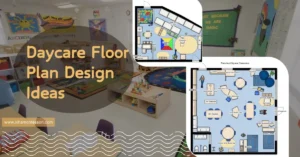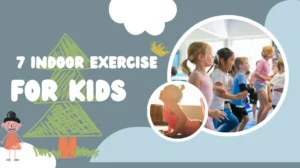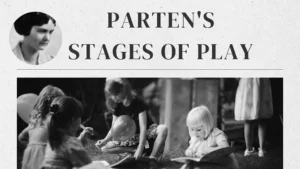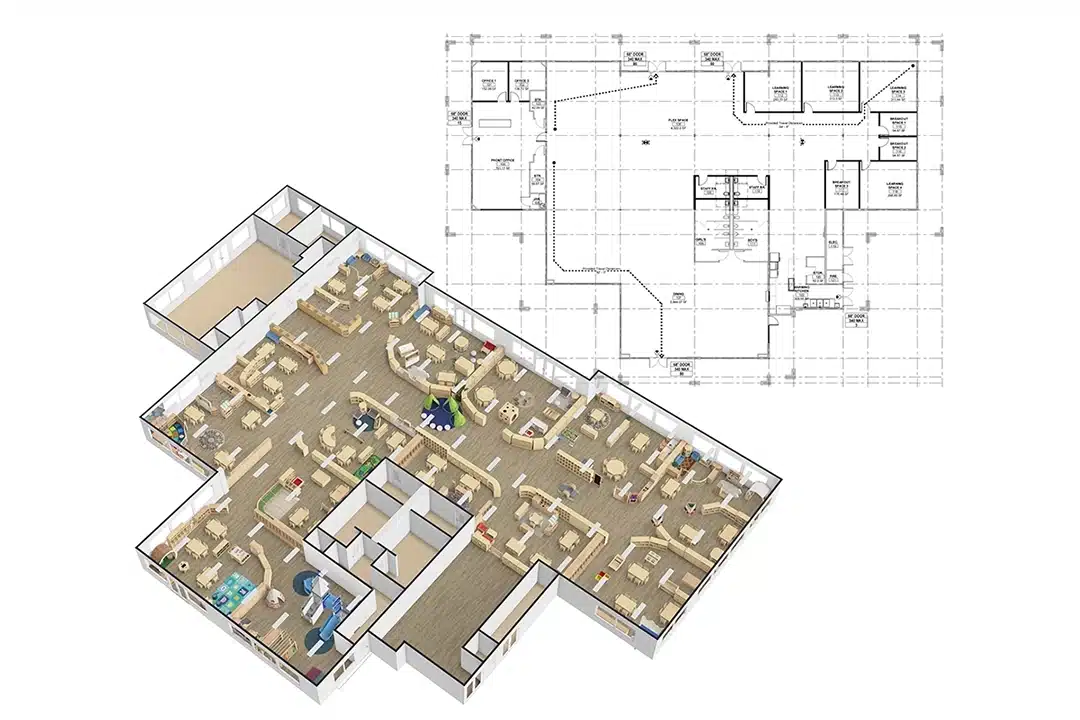Looking for the best climbing toys for toddlers but not sure which ones are truly safe, durable, and educational? Are you overwhelmed by too many choices that look fun but might not support proper child development? Wondering which climbing toys are best for kindergartens or daycare centers?
The best climbing toys do more than entertain—they develop coordination, balance, and muscle strength in toddlers. These toys also encourage problem-solving and independence, essential during early childhood. Safe and well-designed climbing structures can transform a classroom or playground into a stimulating learning space.
Keep reading to discover 20 of the best climbing toys that toddlers will love and benefit from. We’ve included various options for different spaces and age ranges, so whether you’re looking for something fun at home or in a classroom, there’s a perfect fit waiting.

What Is Climbing Toys?
When we talk about climbing toys, we’re referring to specially designed play equipment that allows children, particularly toddlers and preschoolers, to climb, balance, crawl, and explore movement using their whole bodies. These toys are not just for fun—they’re essential tools in supporting early childhood development.
Climbing toys come in many forms: wooden triangles like the Pikler Triangle, foam climbing blocks, rope ladders, arch climbers, rock walls, and even soft indoor play structures. Some are made for indoor use, while others are built for outdoor environments such as kindergarten playgrounds. No matter the shape or material, the goal is to help children move freely, develop motor skills, and gain confidence.
Why are climbing toys important? Because movement is learning. When a toddler climbs, they’re building gross motor skills, which include coordination, balance, and muscle strength. These skills form the foundation for more complex physical abilities, like running, jumping, and even sitting properly in class. Climbing also encourages independent problem-solving—children figure out how to move from one point to another, test their physical limits, and learn from trial and error.
Educators and child development experts, especially those following Montessori or Reggio Emilia approaches, often include climbing toys in their classrooms and playgrounds. These tools promote freedom of movement and self-directed play, two key pillars in alternative education philosophies. Climbing toys also support social development when children play together, take turns, or help each other during physical challenges.
In short, climbing toys are more than playthings—they’re developmental tools that support a child’s physical, cognitive, and emotional growth. Whether you’re a parent, a kindergarten owner, or a preschool supplier, investing in high-quality climbing equipment is one of the best decisions you can make for young children.
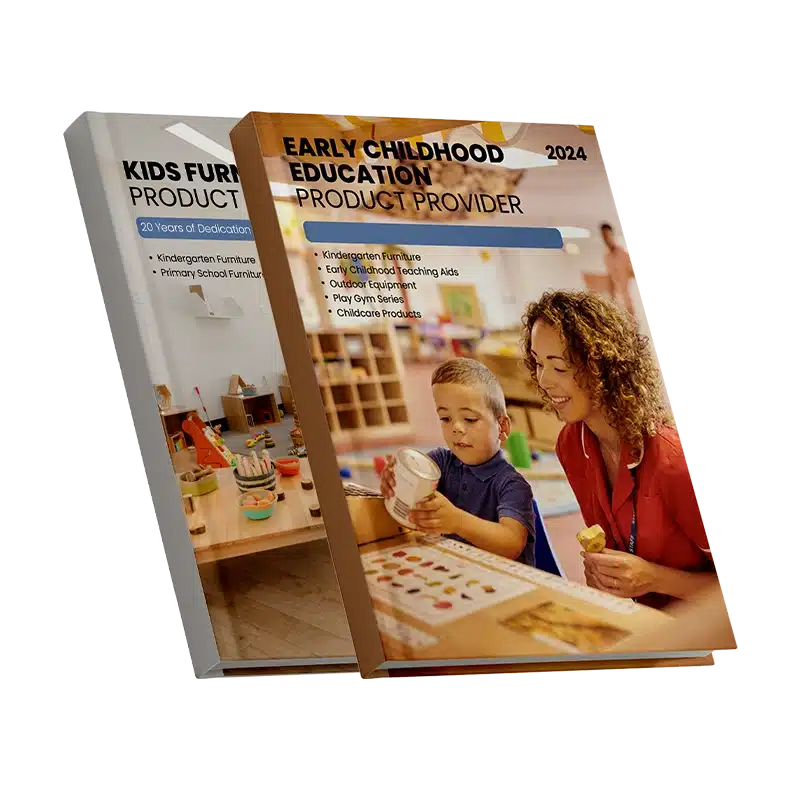
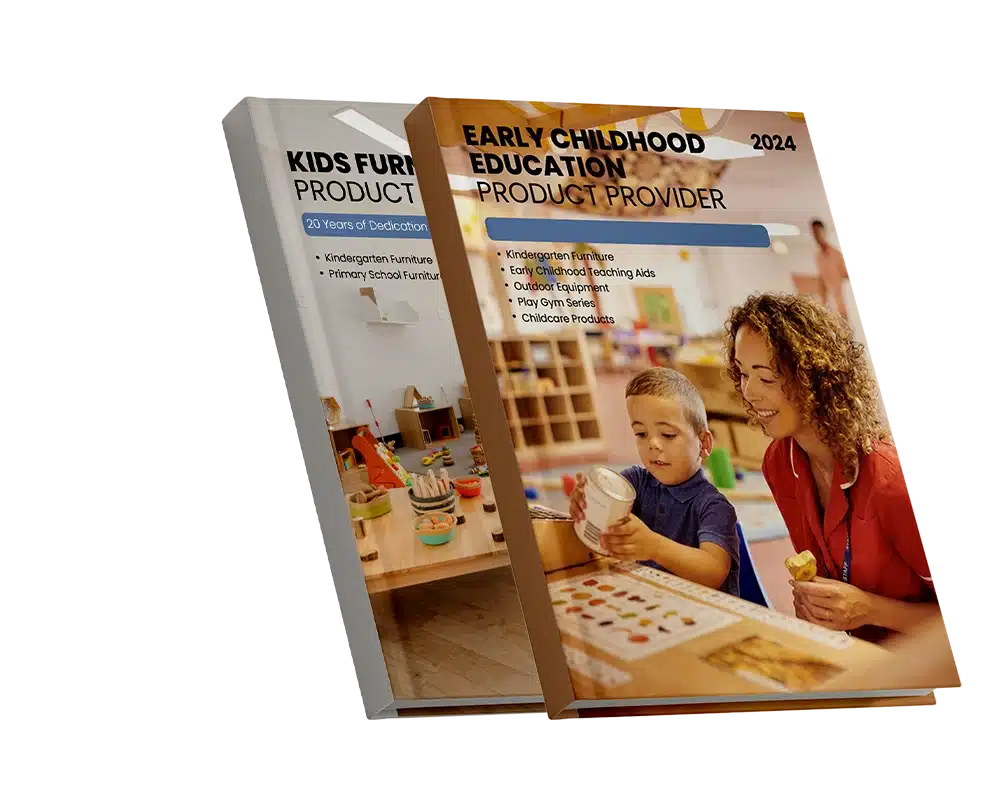
Why Climbing Toys Matter in Early Childhood Development?
When it comes to early childhood education, choosing the best climbing toys is not just about fun—it’s about function, growth, and learning. These toys are key in helping toddlers and preschoolers develop physically, emotionally, and socially. Whether designing a Montessori classroom, setting up a kindergarten, or furnishing a daycare, understanding the value of climbing toys is essential.
Best Climbing Toys Build Gross Motor Skills
One of the most important benefits of the best climbing toys is the development of gross motor skills. Children use their entire body when climbing—arms, legs, core, and balance systems.
High-quality climbing toys such as the Pikler Triangle, Climbing Arches, or Domes help toddlers:
- Strengthen muscles
- Improve coordination
- Learn how to balance
- Control their body movements
These foundational skills are needed for walking, running, jumping, and even sitting properly during classroom activities.

They Encourage Problem-Solving and Confidence
The best climbing toys challenge children to think. As toddlers figure out how to reach the top of a climbing ramp or navigate a dome, they learn:
- Spatial reasoning
- Cause and effect
- Self-assessment and risk evaluation
- Decision-making skills
Every small success gives a boost of self-confidence. Climbing is one of the best ways for young children to feel independent and capable—values that align deeply with Montessori and Reggio Emilia educational approaches.

Social Benefits: Sharing and Cooperation
The best climbing toys often invite group play. In a kindergarten or early learning environment, this creates opportunities for children to:
- Take turns
- Encourage peers
- Solve challenges together
- Understand personal space and teamwork
Shared climbing experiences naturally lead to the development of social-emotional skills that children carry into group learning, sports, and even conflict resolution later in life.

Sensory and Spatial Development
Well-designed climbing toys don’t just develop muscles—they also support sensory systems. The best climbing toys provide:
- Vestibular stimulation (balance)
- Proprioceptive feedback (body awareness)
- Spatial understanding (how to move through space)
These sensory benefits help children stay calm, focused, and better regulated—especially important for children with sensory processing challenges or attention difficulties.

The Best Climbing Toys Fit Multiple Learning Philosophies
Whether you’re following Montessori, Reggio Emilia, or a mixed learning model, the best climbing toys are flexible tools that adapt to the philosophy:
- In Montessori classrooms, they encourage freedom of movement and independent exploration
- In Reggio Emilia settings, they support the environment as the “third teacher”
- In traditional kindergartens, they promote physical education through hands-on play
What makes them the best is not just design or durability—it’s how well they support child-led learning across different educational approaches.

Designed for Safety and Long-Term Use
The best climbing toys are designed with safety as the top priority. Look for features like:
- Rounded edges
- Non-toxic finishes
- Sturdy joints and materials
- Safety certifications (CPC, EN71, ASTM)
These features ensure that climbing toys are not just exciting but safe for daily use in high-traffic educational settings.
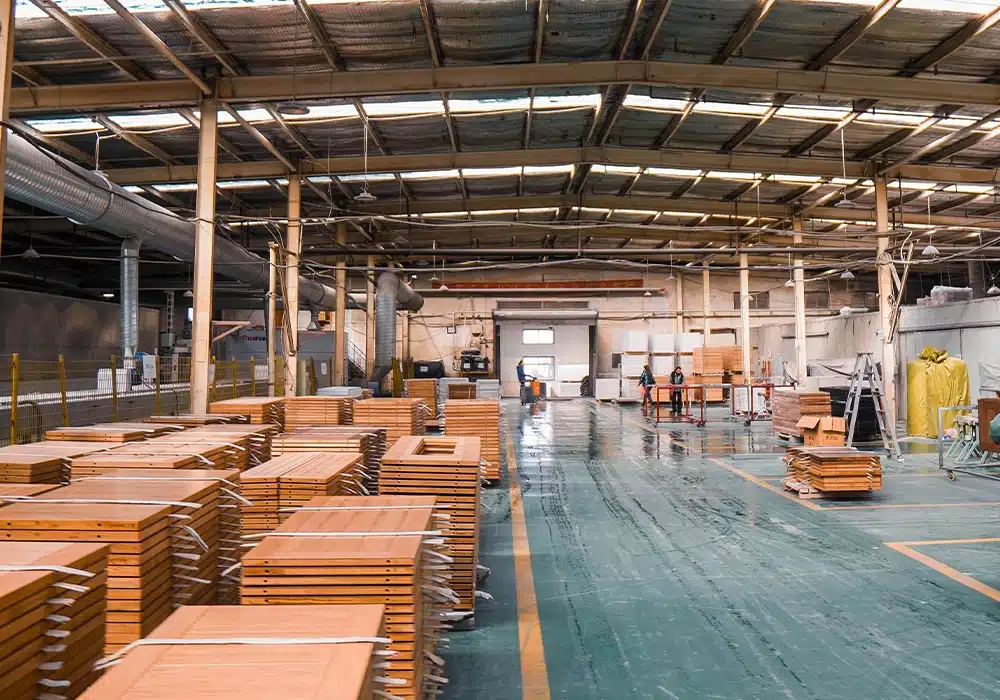
Long-Term Value in Learning Environments
Investing in the best climbing toys pays off in the long run. Children return to these toys again and again—building on previous experiences, setting new challenges, and expanding their physical confidence.
Long-term benefits include:
- Improved posture and core strength
- More active playtime (less screen time)
- Greater independence in physical tasks
- Enhanced readiness for sports and structured physical education
For educators and school owners, these toys deliver excellent developmental value per dollar and remain relevant across different age groups (typically 1–6 years old).


What Makes the Best Climbing Toys for Toddlers?
Choosing the best climbing toys for toddlers is more than just picking something fun—it’s about selecting tools that support safe physical development, encourage independence, and align with early childhood education principles. Whether you’re a kindergarten owner or educator, understanding what defines the best in this category is essential for making smart, long-lasting investments.
Safety First: The Core of Every Best Climbing Toy
Safety is the foundation of every quality toddler product—and this is especially true for climbing toys. The best climbing toys prioritize child safety through intelligent design and rigorous material standards. Toddlers are still developing motor coordination, which means they are prone to slips, missteps, and tumbles. A poorly made climbing structure can turn playtime into a hazard zone. That’s why top-tier climbing toys are built with wide, stable bases to prevent tipping, low platform heights that minimize injury from falls, and soft or rounded edges that protect against bumps and scrapes.
In institutional environments like kindergartens or daycare centers, where dozens of children may use the same equipment daily, safety isn’t optional—it’s mandatory. Quality climbing toys help teachers and caregivers relax, knowing that children are engaging in safe, constructive physical activity.
Designed for Development: Why Educational Value Matters
The best climbing toys do more than build muscles—they support full developmental growth. These toys contribute to gross motor development, coordination, balance, and core strength, all crucial during the first five years of a child’s life. But the developmental benefits go beyond the physical. Good climbing toys stimulate problem-solving, creativity, and self-regulation. For instance, a child navigating a climbing ramp or curved ladder must think critically about foot placement, calculate distances, and adjust balance in real time. This builds cognitive flexibility and spatial reasoning skills, laying the foundation for academic learning.
Furthermore, these toys also support emotional development. As children conquer small physical challenges, they build self-confidence and resilience. Each successful climb teaches them: “I can do it.” This internal message is critical for long-term motivation and a healthy sense of self.

Age-Appropriate Design: Not All Climbers Fit All Ages
Climbing toys are not one-size-fits-all. One of the most common mistakes buyers make is selecting equipment that is too advanced or simple for the intended age group. The best climbing toys for toddlers, particularly those aged 1 to 3, must be designed specifically for early developmental stages. That means lower climbing heights (typically under 60 cm), gentle slopes, and wide gripping surfaces for small hands. The toy must invite safe exploration without introducing unnecessary risk for this age group.
As children grow older, more challenging climbers can be introduced. That might include more complex climbing structures with varied levels, tunnels, or rope components. However, each toy must be tailored to the child’s physical and cognitive stage. Too simple toys quickly lose value, while overly complex ones may frustrate or endanger the child. The best climbing toys often come in modular systems or offer adjustable features that grow with the child, extending their usability across age groups and classrooms.
Material Quality and Durability: Long-Term Value
The best climbing toys are built to withstand daily, high-frequency use by active children. They’re made with strong, reinforced materials and finishes that resist scratching, denting, and moisture. For example, Montessori-style wooden climbers made from birch plywood or beechwood offer both durability and aesthetic appeal. Foam climbing blocks for indoor use should feature high-density cores and tear-resistant PU covers that are easy to clean.
Outdoor climbing toys require even more robust materials—powder-coated steel, UV-resistant plastics, or pressure-treated wood that can handle weather changes. These materials ensure that the equipment remains safe and attractive for years, even in demanding environments. In short, the best climbing toys are an investment in product lifespan, safety, usability, and peace of mind.
Versatility and Play Value: More Than Just Climbing
The best climbing toys provide more than just a climbing surface. They support a wide range of physical and imaginative play. For example, a climbing arch may flip into a rocking boat; a triangle climber with a ramp can serve as a slide, bridge, or stage for role-play. These multifunctional features keep children engaged for longer periods and support different types of learning: motor, sensory, social, and emotional.
More importantly, versatile toys make better use of space, a significant benefit for schools with limited room. Toys that support multiple forms of play reduce clutter, simplify planning, and provide more value per square meter.

The 20 Best Climbing Toys for Toddlers
Looking for the best climbing toys for toddlers that are safe, fun, and educational? From Pikler triangles and foam climbers to outdoor domes and Montessori-inspired structures, each toy on this list promotes balance, coordination, and confidence. Explore options suitable for indoor and outdoor use, and a perfect fit for your space, age group, and learning philosophy.
Indoor Climbing Toys
Indoor climbing toys help children develop balance, coordination, and muscle strength in a safe, controlled environment. They also promote independence, confidence, and active learning through play.
Pikler Triangle
The Pikler Triangle encourages independent climbing, balance, and motor skill development. Its open design supports safe exploration, making it ideal for Montessori-style learning.


Wooden Climbing Arch
The Wooden Climbing Arch promotes balance, coordination, and imaginative play. Its reversible design allows it to function as both a climber and a rocker, supporting versatile, active learning.


Foam Climbing Blocks
Foam Climbing Blocks are soft, safe, and perfect for toddlers to crawl, climb, and explore. They support gross motor development, spatial awareness, and creative, hands-on play indoors.


Slide & Ramp Combo
The Slide & Ramp Combo offers toddlers a fun way to develop balance, coordination, and confidence. It encourages climbing, sliding, and movement while supporting active, independent play.


Soft Step & Climb Sets
Soft Step & Climb Sets provide a safe, cushioned environment for toddlers to practice climbing, stepping, and crawling. They enhance gross motor skills, balance, and spatial awareness through gentle, active play.


Indoor Montessori Gym
The Indoor Montessori Gym offers a multifunctional space for toddlers to climb, hang, and explore at their own pace. It fosters independence, physical strength, and coordination in a safe, structured environment.


Rocking Bridge
The Rocking Bridge combines balance training and imaginative play in one compact design. It functions as both a climber and rocker, promoting coordination, core strength, and creative movement.

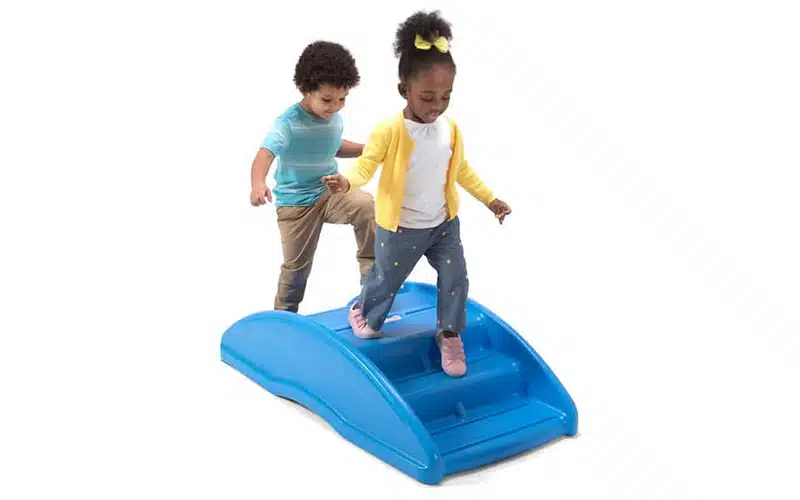


Outdoor Climbing Toys
Outdoor climbing toys offer children a dynamic way to develop gross motor skills, strength, and coordination in open-air environments. They encourage active play, risk assessment, and social interaction, all essential for physical and emotional growth. Exposure to natural light and space also boosts mood, focus, and overall well-being.
Wooden Climbing Tower
The Wooden Climbing Tower strengthens muscles, improves balance, and builds confidence. Its multi-level design encourages exploration, active play, and social interaction in outdoor settings.


Climbing Holds Wall
The Climbing Holds Wall helps children develop grip strength, coordination, and problem-solving skills. It encourages full-body movement, builds confidence, and supports physical and cognitive development through active, vertical play.


Climbing Dome
The Climbing Dome promotes strength, balance, and coordination through active, 360-degree climbing. Its open, geometric structure encourages social play, problem-solving, and confidence-building in outdoor environments.


Jungle Gym Set
The Jungle Gym Set offers various climbing, sliding, and hanging activities that support full-body development. It enhances strength, balance, and coordination while encouraging imaginative and social play outdoors.


Outdoor Slide + Ladder
The Outdoor Slide + Ladder combines climbing and sliding to develop toddlers’ balance, coordination, and motor skills. It encourages active play, confidence, and physical exploration in a safe outdoor setting.


Rope Net Frame
The Rope Net Frame enhances strength, coordination, and balance as children climb and navigate the flexible structure. It promotes problem-solving, risk-taking, and active outdoor play while supporting muscle development and confidence.


Climbing Wall Panel
The Climbing Wall Panel helps children develop grip strength, coordination, and spatial awareness. It encourages strategic thinking and full-body movement, making it ideal for building confidence and physical skills through active play.




Multifunctional or Modular Sets
Multifunctional or modular climbing sets offer versatile play experiences that adapt to a child’s growth and changing interests. These sets can be reconfigured into climbers, slides, tunnels, or ramps, encouraging creativity, problem-solving, and motor development. Their flexibility makes them ideal for home and educational settings, maximizing space and long-term value.
Climbing Cube with Tunnel
The Climbing Cube with Tunnel supports crawling, climbing, and spatial exploration. It boosts motor skills, coordination, and imaginative play, perfect for active learning in compact spaces.


All-in-One Climbing Frame
The All-in-One Climbing Frame combines multiple activities, such as climbing, sliding, and crawling, in a single structure. It promotes full-body development and creative play and keeps children engaged through varied movement challenges.


Montessori Climber + Slide
The Montessori Climber + Slide encourages independent movement, balance, and coordination. Designed for safe, self-directed play, it supports gross motor development and aligns with Montessori principles of active, hands-on learning.


Balance Beam+Stepping Stones
The Balance Beam helps toddlers develop coordination, stability, and concentration. It promotes body awareness and core strength while encouraging careful, focused movement—ideal for indoor and outdoor active play.


Foldable Climbing Gym
The Foldable Climbing Gym offers a space-saving solution for active play. It combines climbing, crawling, and sliding in one structure. It promotes motor skill development, balance, and flexibility while being easy to store and move.


Convertible Pikler + Arch + Ramp
The Convertible Pikler + Arch + Ramp set offers multiple play configurations that grow with the child. It supports climbing, sliding, balance, and imaginative play, encouraging independence, coordination, and creativity in a compact, Montessori-inspired design.




Indoor vs Outdoor Climbing Toys
Choosing the right climbing toy starts with knowing where it will be used. The best climbing toys for indoor use are compact, lightweight, and often foldable for easy storage. These include Pikler Triangles, foam climbers, or small modular arches and ramps. They’re designed to be moved around classrooms or play areas without requiring permanent installation. Their materials are optimized for flooring, not soil or turf.
On the other hand, outdoor climbing toys are built to handle the elements. They’re often larger, require anchoring to the ground, and use weatherproof materials. Jungle gyms, climbing domes, and wooden towers with slides are all excellent outdoor options. Knowing the intended space ensures the toy’s features match the user’s needs, which is one of the key factors in selecting the best climbing toys.
| Feature / Criteria | Indoor Climbing Toys | Outdoor Climbing Toys |
|---|---|---|
| Main Purpose | Develop motor skills and coordination indoors | Promote full-body movement and physical fitness |
| Recommended Age Groups | 6 months – 5 years (infants to preschoolers) | 2 – 8 years (preschoolers to early primary) |
| Material | Wood, foam, plastic | Wood, plastic, metal with weather-resistant coating |
| Size | Compact, foldable, low height | Larger, fixed structures with multi-level elements |
| Placement Location | Nursery, classroom, indoor daycare zones | Kindergarten playground, backyards, outdoor zones |
| Weather Resistance | Not weatherproof | Designed to withstand rain, sun, and temperature changes |
| Safety Design | Soft surfaces, rounded corners, low climbing height | Anchored base, grip handles, UV & water-resistant finishes |
| Mobility / Portability | Lightweight, easy to move or store | Generally stationary, some modular outdoor systems |
| Cost Range | Low to moderate | Moderate to high depending on size and materials |
| Examples of Best Climbing Toys | Pikler Triangle, Climbing Arch, Foam Climbers | Climbing Dome, Jungle Gym, Outdoor Wooden Tower |
| Educational Value | Boosts balance, coordination, spatial awareness | Encourages social play, risk-taking, large motor skills |
| Maintenance Needs | Minimal (indoor use only) | Requires regular checks and cleaning due to weather |
Maintenance, Safety Tips, and Storage Advice for the Best Climbing Toys
Investing in the best climbing toys for toddlers means ensuring they remain safe, clean, and functional over time. Whether you’re managing a preschool, daycare, or early education center, regular maintenance and smart storage are essential to preserve quality and maximize safety. Below are some professional tips to keep your climbing toys in top condition.
Regular Inspection and Maintenance
The best climbing toys are used daily by active toddlers, so wear and tear are inevitable. To ensure continued safety, conduct weekly inspections of joints, screws, surfaces, and support structures. Look for signs of loosening, cracking, or surface splinters, especially on wooden toys like the Pikler Triangle or climbing towers. For outdoor climbing toys such as domes or rope frames, check for rust, fading, or weather damage. Prompt repairs or part replacements can prevent small issues from becoming safety hazards.
Cleaning and Hygiene Best Practices
Toddlers explore with their hands—and often their mouths—so hygiene is a top priority. Use non-toxic, child-safe cleaners to wipe down wooden and plastic surfaces regularly. For foam climbing blocks, use a mild soap solution and a damp cloth to clean the PU cover. Avoid excessive water on wooden surfaces; instead, use a slightly damp cloth followed by immediate drying. Keeping the best climbing toys clean not only ensures child safety but also extends the product’s lifespan.
Safe Usage Guidelines
To maintain safety during play, always set up climbing toys on flat, non-slip surfaces. Avoid placing them near walls, windows, or sharp-edged furniture. Ensure the surrounding area has adequate fall zones, especially for taller climbing frames or slides. Supervision is essential—children should always be observed while using climbing toys, even if the toy is designed for independent play.

Smart Storage Solutions
Proper storage can greatly extend the life of your climbing equipment. Many of the best climbing toys are now designed to be foldable or modular for easy storage. When not in use, fold and place items in a dry, well-ventilated area. Avoid stacking heavy items on top of wooden or foam pieces to prevent warping. Outdoor equipment should be covered or stored indoors during heavy rain or extreme temperatures to protect materials from damage.
In summary, maintaining the best climbing toys involves routine inspection, safe cleaning methods, and smart storage practices. With the right care, your climbing equipment will remain safe, engaging, and long-lasting, supporting children’s development for years to come.
FAQs
1: What age group are the best climbing toys designed for?
The best climbing toys are typically designed for toddlers aged 1 to 5 years. Some models are suitable for infants as young as 6 months, while others grow with the child, offering adjustable heights or multifunctional features for older preschoolers.
2: Are climbing toys safe for daily classroom use?
Yes, the best climbing toys are built for high-frequency use in daycare and school environments. Look for models with stable bases, rounded edges, and certified safety standards like ASTM or EN71 to ensure long-term, reliable use.
3: Can indoor climbing toys be used outdoors?
Some indoor climbing toys can be used outdoors temporarily, but they are not weatherproof. The best climbing toys for outdoor use are made from UV- and moisture-resistant materials and include safety features like anchoring systems.
4: What materials are best for climbing toys in educational settings?
Wood (like birch or beech), high-density foam with PU coating, and powder-coated steel are ideal. The best climbing toys use durable, non-toxic materials that meet international safety standards and withstand daily classroom wear.
5: How do climbing toys support early childhood development?
The best climbing toys enhance gross motor skills, balance, and spatial awareness. They also promote problem-solving, confidence, and independent learning—core goals in Montessori and Reggio Emilia education environments.
6: Do climbing toys require adult supervision?
While the best climbing toys are designed for independent play, adult supervision is still strongly recommended, especially for toddlers under 3 years old. Supervision ensures safe play and immediate response in case of missteps.
7: Are foldable climbing toys as durable as fixed ones?
High-quality foldable climbing toys can be just as durable as fixed models when made with solid construction and locking mechanisms. The best climbing toys combine portability with long-lasting materials for versatile classroom use.
8: How can I clean and maintain climbing toys safely?
Use mild, non-toxic cleaners for regular wiping. Avoid soaking wood, and ensure foam and plastic are fully dried before storage. The best climbing toys are easy to clean and designed for hygiene in high-use environments.
Conclusion
Choosing the best climbing toys for toddlers isn’t just about entertainment—it’s about creating safe, developmentally rich environments that support physical, cognitive, and emotional growth. Each option plays a vital role in early childhood education, from indoor foam climbers to outdoor domes and modular play systems. Proper maintenance, smart storage, and attention to safety standards make these toys long-term assets in any learning space. Whether furnishing a kindergarten or sourcing bulk educational supplies, selecting high-quality climbing toys is an investment in children’s growth and your institution’s success.



